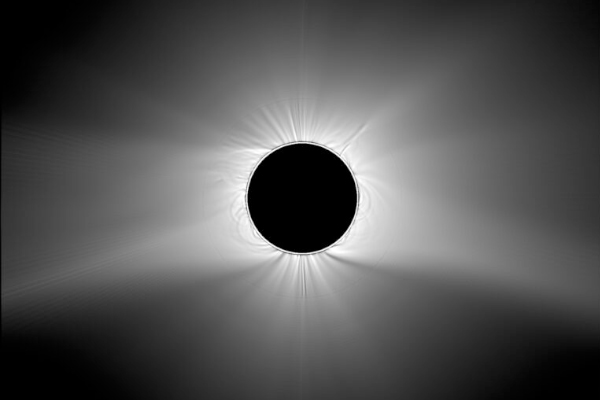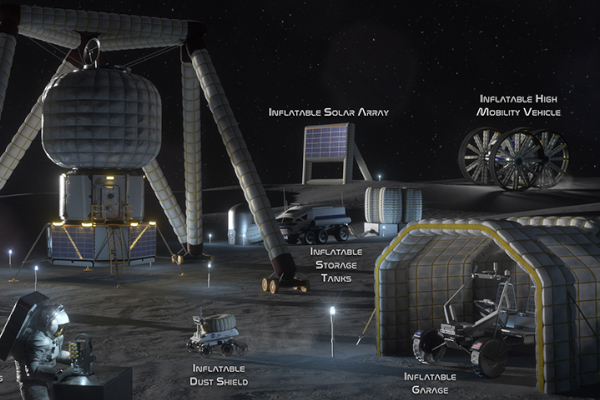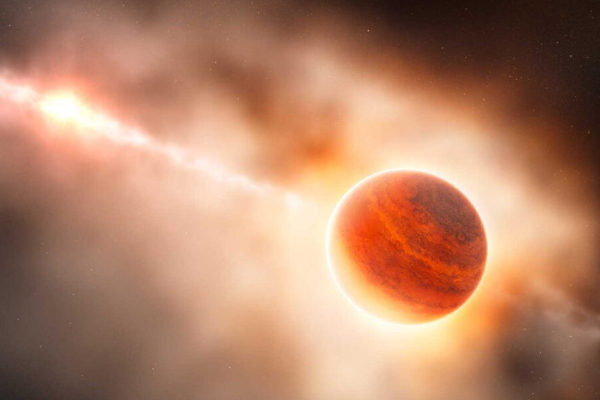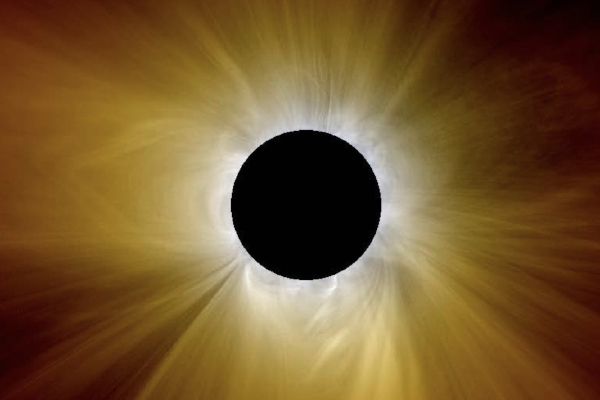Seeing the Sun in a New Light





Dr. Sarah A. Spitzer, postdoctoral research fellow at U-M Climate and Space, was featured in “Mapping the best route for a spacecraft traveling beyond the sun’s sphere of influence” for Phys.org. | March 29, 2024

Dr. Tuija Pulkkinen, professor at U-M Climate and Space, was featured in “Northern lights slash a surprising amount of winter energy bills. Here’s why” for The Washington Post. | March 23, 2024
Ted Bergin, professor and chair of astronomy at the University of Michigan, was interviewed in “Solar eclipse 2024: What time and other answers from a Michigan astronomer” for Bridge Michigan. | March 20, 2024
Dr. Mojtaba Akhavan-Tafti, assistant research scientist at U-M Climate and Space, wrote an article called “Training future space explorers” for Science. | March 14, 2024
Dr. Tuija Pulkkinen, professor at U-M Climate and Space, was interviewed for “Bees can tell if there’s a storm on the sun!!!!” for FOX 2 News. | March 14, 2024
The work of engineers at the Space Physics Research Laboratory, which is housed at the University of Michigan, and space scientists around the world was featured in an article by ARS Technica entitled “Shields up: New ideas might make active shielding viable.” | March 11, 2024